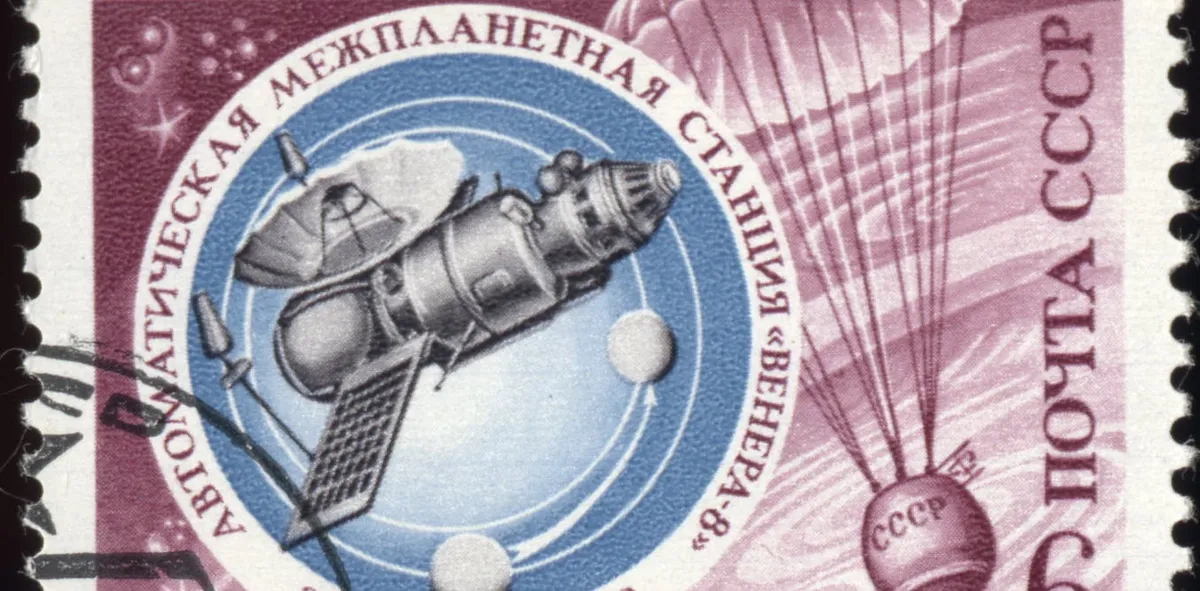
During the height of the Cold War in the 1960s and 1970s, the USSR initiated an ambitious space exploration program aimed at the planet Venus, often referred to as Earth's “twin sister.” Over the course of this program, a total of 29 spacecraft were launched towards Venus. Of these missions, three spacecraft successfully flew past Venus and entered orbit around the Sun, while sixteen probes managed to orbit or land on Venus, where conditions are frequently described as “hellish.” Unfortunately, ten spacecraft became stuck in Earth orbit. All of these missions re-entered Earth’s atmosphere within the same year they were launched, except for one—Kosmos 482, which has remained in orbit for over 53 years.
Kosmos 482 stands out as the last remnant of the Soviet Venus program still in Earth's orbit, and it is not merely an ordinary piece of space junk. Designed to endure the extreme conditions on Venus, many scientists speculate that the lander may ultimately make a landing on Earth rather than disintegrating upon re-entry into the atmosphere. This anticipated event is expected to occur this week, capturing the interest of space enthusiasts and scientists alike.
Venus has long been a target of astronomical interest, primarily because its dense clouds could potentially conceal life on its surface. However, the Soviet spacecraft missions were not solely scientific endeavors; they also served as Cold War weapons aimed at showcasing the superiority of socialist science. The first of these missions, Venera 1, was launched in 1961, just four years after the historic launch of Sputnik 1, the first satellite. Notably, Venera 7, launched in 1970, became the first spacecraft to successfully soft-land on another planet. The last mission from the USSR to Venus was Vega 2 in 1984.
The Venera probes were ingeniously designed and launched in pairs, a strategy that increased the likelihood of success. For instance, Venera 8 was launched on March 27, 1972, and reached Venus 117 days later. Its twin, launched on March 31, failed to escape Earth’s orbit and was designated Kosmos 482. Each spacecraft consisted of a delivery “bus” approximately 3.5 meters tall, equipped with a propulsion system, solar panels, and a mesh dish antenna on one end, while the spherical landing craft was situated at the opposite end. These landers were equipped with refrigeration systems and heat shields to protect against the extreme conditions of Venus.
Unfortunately, not all missions went according to plan. Kosmos 482 faced a critical malfunction when the upper rocket stage, intended to propel it beyond Earth orbit, shut off prematurely due to a misconfigured timer. As a result, the rocket stage fell back to Earth and burned up, while titanium pressure vessels from its fuel system landed in fields in Aotearoa, New Zealand. The bus and landing craft separated in mid-June, with the bus re-entering the atmosphere in 1981, leaving the 465 kg lander to continue its solitary orbit.
Over the years, the lander's orbit has gradually lowered, with its farthest point now only 2,000 km from Earth. The atmosphere is now dragging it back towards Earth, with a predicted re-entry date of May 10. The lander's titanium body, designed to withstand the extreme conditions of Venus—90 times the atmospheric pressure of Earth and temperatures reaching 470°C—raises questions about whether it will survive re-entry. Unlike its original mission, the lander will not have refrigeration, the capacity to aerobrake, or a functioning parachute for a controlled descent, making its re-entry uncontrolled and potentially dangerous.
While Venus is often depicted as a planet of love, its portrayal in popular culture has been fraught with danger. Numerous films and television shows have linked Venusian probes to catastrophic outcomes, reflecting Cold War fears of nuclear conflict and space warfare. In the modern era, new anxieties have emerged surrounding the environmental impacts of space junk. Despite the concerns surrounding debris in low Earth orbit, spacecraft like Kosmos 482 are not the primary culprits. In recent years, there has been a significant increase in rocket launches and the accumulation of debris in orbit, with a Starlink satellite reentering the atmosphere nearly every day, often leaving behind harmful chemicals and soot particles.
The story of Kosmos 482 serves as a poignant reminder of the complexities and challenges of space exploration. As Venera 8 remains silently on the surface of Venus, awaiting its twin's fate, we are left to ponder the legacy of these groundbreaking missions and their implications for future space exploration initiatives. The impending re-entry of Kosmos 482 not only symbolizes the enduring spirit of scientific discovery but also highlights the urgent need to address the growing concern of space debris that now surrounds our planet.